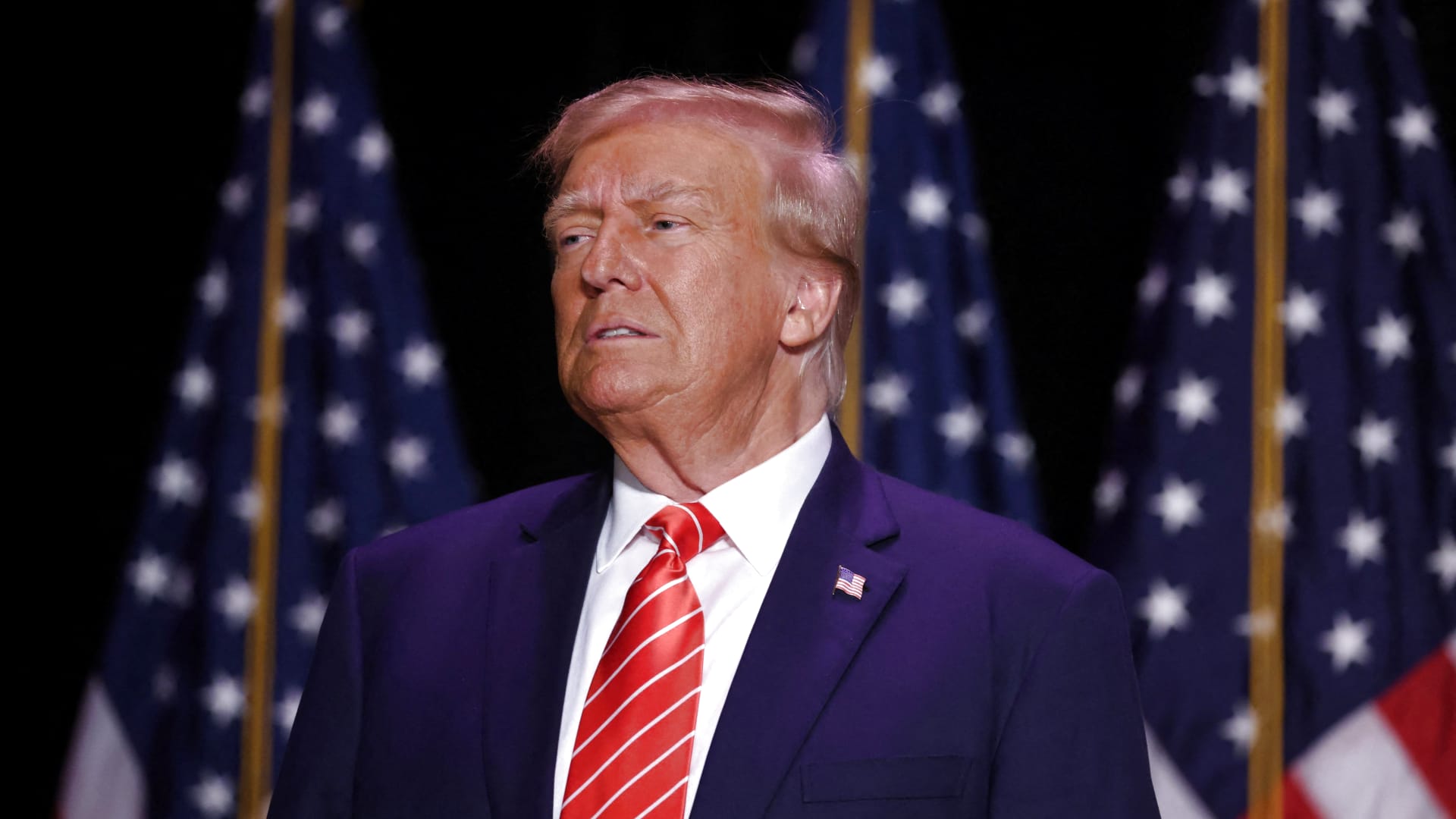
Federal Reserve Chairman Jerome Powell testifies during the House Financial Services Committee hearing titled Oversight of the Treasury Department’s and Federal Reserve’s Pandemic Response, in Rayburn Building on Wednesday, December 1, 2021.
Tom Williams | CQ-Roll Call, Inc. | Getty Images
The first rule of medicine is to “do no harm.” I would suggest that rule also applies to central banking.
Jerome Powell, chair of the Federal Reserve and the nation’s top medicine man for the economy, has suggested the Fed could wind down its bond-buying program, a pivot that many believe will lead to a quicker move to raise rates in mid-2022.
The diagnosis, pushed by the Fed’s resident physicians, is that inflation is an economic illness that needs to be cured before all other conditions are fully addressed.
True, the economy is a great deal stronger than it was in 2020, but it is hardly ready to be given a clean bill of health given the emergence of a new Covid variant; persistent shortages of computer chips, cars, appliances and other consumer goods; labor market disruptions and somewhat below average holiday spending among end-of-year revelers.
Given the multiple variables that could result in both slower economic growth and further shortages of goods, focusing solely on price pressures seems, to me, to be a misdiagnosis.
It’s the fundamental equivalent of blood-letting, or putting leeches on the economy and draining it of strength before it can get out of bed.
Not to mention the likelihood that inflationary pressures in 2022 are highly likely to crash, assuming the omicron variant, while seemingly more transmissible may also be less lethal than delta.
If that proves true, especially with the U.S. and other goods-producing nations eschewing further lockdowns, the available supply of potato chips to computer chips will surge.
There is evidence for this as companies are aggressively restocking inventories as bottlenecks are already easing and a glut of goods may emerge in the next six to 12 months.
Many analyses have shown that nearly all the inflationary pressures witnessed this year have been concentrated almost entirely in the goods-producing sector. Any normalization of production will bring down the global economy’s blood pressure.
With home prices arguably peaking, oil prices plunging, auto production accelerating, etc., a shortage could quickly turn to surplus driving consumer prices lower next year.
Signs from the bond market
Thus, while the Fed has already begun to taper its bond buying program, it’s important to recognize that 10-year note yields have moved lower, not higher, likely reflecting concerns that growth could slow, inflation could fall and the Fed could be administering the wrong medicine precisely at the wrong time.
The bond market has long served as the best diagnostic tool to predict the economy’s health six to nine months down the road.
Similarly, inflation breakevens, another measure of expected future price pressures, appear to have rolled over as well, suggesting the prognosis for the economy, especially inflation, is benign.
Hence, inflation may yet prove to be a transitory condition.
It seems as if the Fed’s economy doctors, including its attending physician, are not giving the patient ample time to recover from a major shock to the system.
They performed admirably during the life-or-death trauma that began last year. They ought to give the economy a little more than just a few months before unhooking all the monitors, and giving the economy a stress test while it’s still in recovery.
While it’s not actually included in the Hippocratic Oath, the admonition to do no harm absolutely applies here. The Fed would do well to get a second opinion before pulling the plug on the patient’s respirator.
—Ron Insana is a CNBC contributor and a senior advisor at Schroders.




